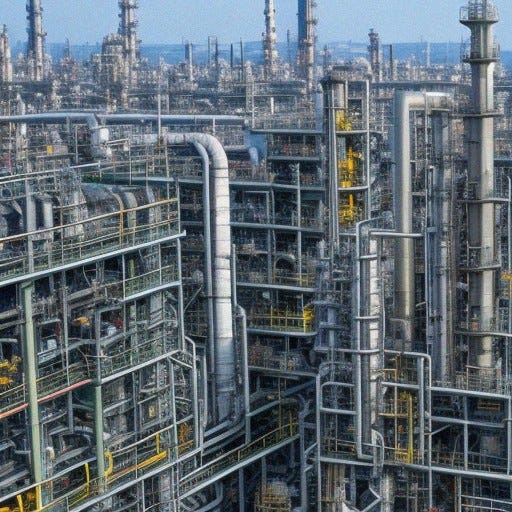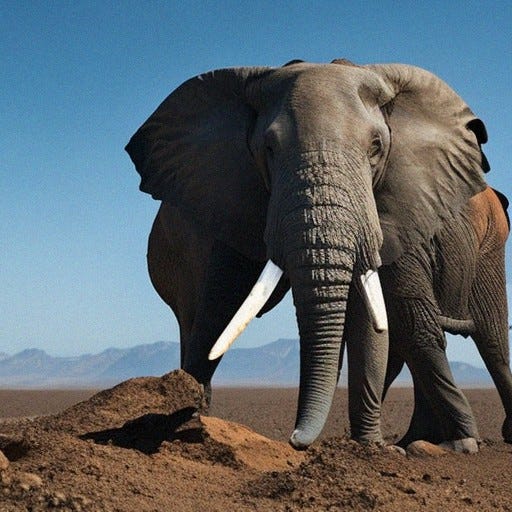
Scientists at the European Commission and universities in Finland and Australia have used one of Europe’s most powerful supercomputers to create a virtual Earth complete with artificial species and more than 15,000 food webs to predict the interconnected fate of species that will likely disappear from the ravages of climate and land-use changes in the next century. The model presents a grim prediction of the future of global diversity, confirming beyond doubt that the world is heading towards a 6th mass extinction event. The virtual species could also recolonize new regions as the climate changed, could adapt to some extent to changing conditions, could go extinct directly from global change, or could fall victim to an extinction cascade.

10 Takeaways from the Latest Research into Human Extinction
- A scientific model created by one of Europe’s most advanced supercomputers predicts that over a quarter of the world’s animals and plants will go extinct by the end of the century.
- The model predicts that 10 percent of plants and animals will disappear by 2050 and 27 percent by 2100.
- The researchers say the world is currently undergoing its “sixth mass extinction event” driven by global warming and changes to land use.
- The team says earlier models of extinction trajectories are not particularly useful because they do not account for co-extinctions, where species go extinct because others on which they depend die off.
- Until now, researchers have not been able to interconnect species on a global scale to understand how much additional loss will take place through co-extinctions.
- The academics used one of Europe’s most powerful supercomputers to create “synthetic Earths” complete with virtual species and more than 15,000 food webs.
- The networks were linked by who eats whom and then climate and land use changes were applied to the system in order to inform future projections.
- Virtual species were able to recolonize regions as the climate changed, adapt to changing conditions, go extinct because of global heating, or fall victim to an extinction cascade.
- The study found that co-extinctions will raise the overall extinction rate of the most vulnerable species by up to 184 percent by the end of the century.
- The model provides a detailed insight into variation in patterns of species diversity responding to the interplay of climate, land use, and ecological interactions.

Well folks, it looks like we’re in for a real treat. According to some fancy European supercomputer, over a quarter of all the plants and animals on this lovely planet of ours will be extinct by 2100. That means that the next generation might be the last one to see elephants or koalas in the wild. Yay! We get to witness the end of the world as we know it, all thanks to global warming and human destruction. But don’t worry, it’s not all bad news. At least we’ll still have the cockroaches and the politicians. They’re pretty much indestructible.